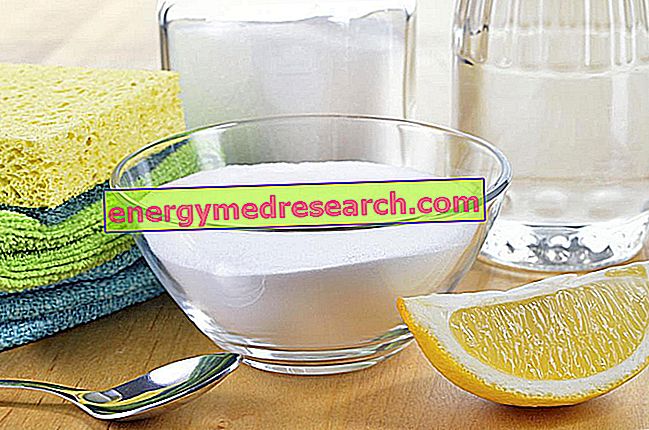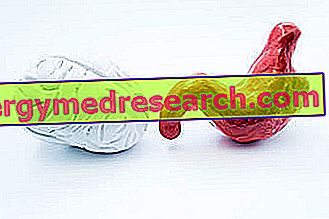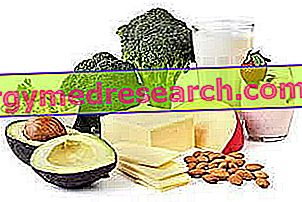
Lemons have been the primary commercial source of citric acid for many years; this occurred before the technological development of fermentation-based processes.
Lemon juice can be used for cleaning surfaces and oily skin.
Half a lemon dipped in salt or bicarbonate is used to polish the metal, more precisely copper. This happens thanks to the corrosive action of the acid that dissolves the opacification of scratches and abrasions that occur during the cleaning process.
For the sanitation of kitchens, lemon juice plays a multipurpose role; deodorizes, degreases, removes bleach stains and disinfects.
Mixed with baking soda, lemon juice helps remove stains from plastic food containers.
Lemon peel oil is also used in many different applications. For example, as a cleaner for enamelled wood (that of furniture); in fact, lemon peel oil has a discrete solvent power that facilitates the removal of old surface wax, fingerprints and dirt in general. Lemon oil and orange oil are also used as a non-toxic insecticide treatment.
Half a lemon is used as a humidifier for the fingers, especially by office staff who continually handle sheets of paper.
Lemon oil is frequently used in aromatherapy. This does not affect the human immune system but can improve mood.
The acid pH of lemon juice makes it antibacterial and, for this purpose, in India it is part of the remedies of traditional Ayurveda medicine.
Lemon juice is sometimes used as an acid in educational science experiments. Furthermore, it can be used as a simple invisible ink, highlighted by heat.



